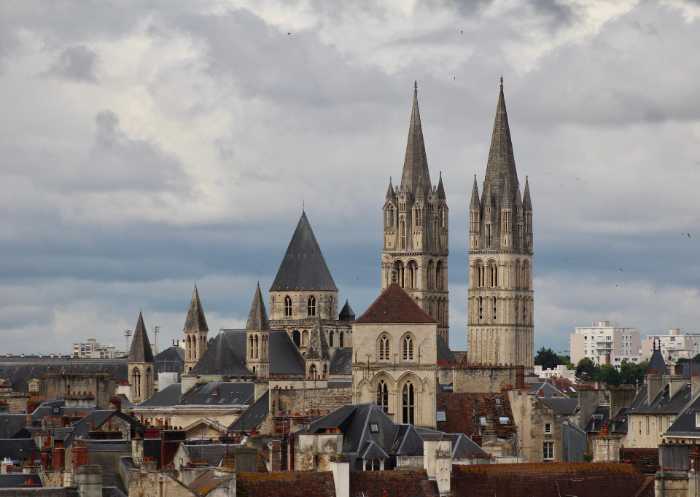
Caen
FranceCaen, the historic capital of Normandy, is a city that seamlessly blends medieval charm, wartime heritage, and vibrant modern life. Located just a short distance from the English Channel, Caen is often overlooked in favor of Paris or the D-Day beaches, yet it offers visitors a wealth of fascinating experiences. The city owes much of its fame to William the Conqueror, who made Caen one of his principal residences in the 11th century. He and his wife, Queen Matilda, founded the Abbaye aux Hommes (Men’s Abbey) and Abbaye aux Dames (Women’s Abbey), two stunning Romanesque monasteries that still dominate the cityscape. Alongside them stands the Château de Caen, one of the largest medieval fortresses in Europe, offering sweeping views of the old town and housing the Museum of Normandy and the Fine Arts Museum. These monuments provide a powerful glimpse into the city’s medieval glory. But Caen’s history is not only medieval. The city suffered heavy bombing during the Battle of Normandy in 1944, leaving scars that are still visible today. From this destruction, however, rose one of the city’s most moving landmarks: the Caen Memorial Museum. Dedicated to peace, the museum explores World War II, the Cold War, and the pursuit of reconciliation, making it one of the most thought-provoking attractions in France. Beyond history, Caen charms with its picturesque streets lined with half-timbered houses, lively squares, and the scenic marina on the River Orne. The bustling Vaugueux district, once a medieval quarter, now thrives with restaurants and cafés perfect for sampling Norman specialties such as cider, Camembert, and fresh seafood. What makes Caen truly fascinating is its dual identity: a city of conquerors and abbeys, but also a symbol of resilience and rebirth. Few places in France capture both the grandeur of the Middle Ages and the lessons of modern history so vividly. For travelers seeking culture, reflection, and authentic French atmosphere, Caen is an unforgettable destination.
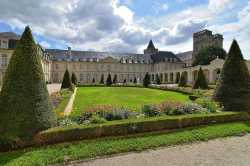 Abbaye aux Dames
Abbey
Abbaye aux Dames
Abbey
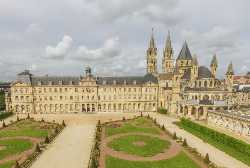 Abbaye aux Hommes
Abbey
Abbaye aux Hommes
Abbey
 Jardin des Plantes de Caen
Botanical Garden
Jardin des Plantes de Caen
Botanical Garden
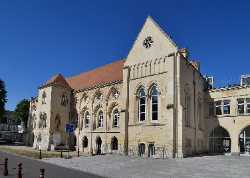 Le Palais Ducal
Castle
Le Palais Ducal
Castle
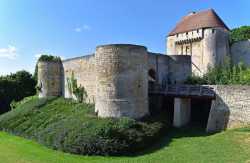 Château de Caen
Castle
Château de Caen
Castle
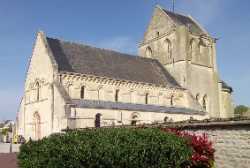 Restes de l’église Saint-Martin
Church
Restes de l’église Saint-Martin
Church
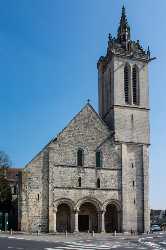 Collégiale du Saint-Sépulcre
Church
Collégiale du Saint-Sépulcre
Church
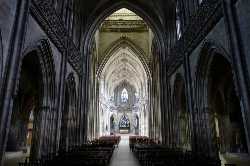 Church of Saint-Jean
Church
Church of Saint-Jean
Church
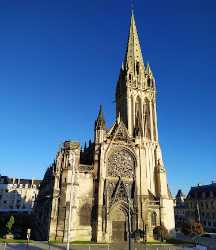 Église Saint-Pierre
Church
Église Saint-Pierre
Church
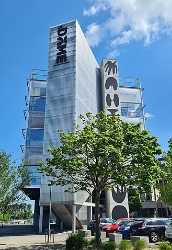 Le Dôme
Cultural Centre
Le Dôme
Cultural Centre
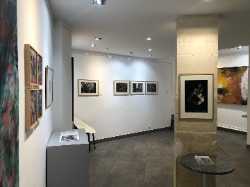 Galerie Des Sens
Gallery
Galerie Des Sens
Gallery
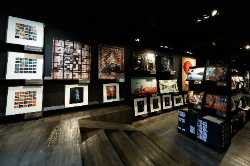 YellowKorner
Gallery
YellowKorner
Gallery
 Galerie R.J
Gallery
Galerie R.J
Gallery
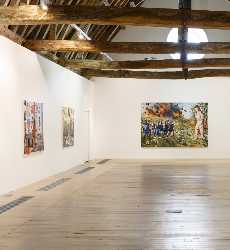 Artothèque de Caen
Gallery
Artothèque de Caen
Gallery
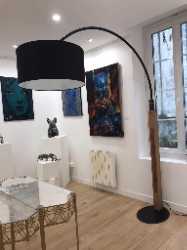 The Artists Galerie des Arts
Gallery
The Artists Galerie des Arts
Gallery
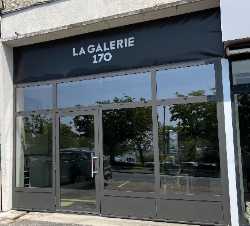 La Galerie 170
Gallery
La Galerie 170
Gallery
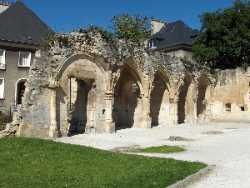 Église Saint-Gilles
Historical Landmark
Église Saint-Gilles
Historical Landmark
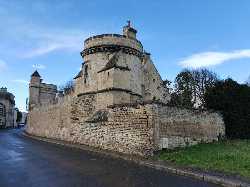 Manoir des Gens d’Armes
Historical Landmark
Manoir des Gens d’Armes
Historical Landmark
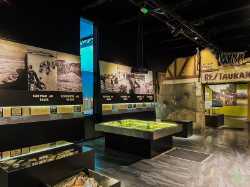 Le Mémorial de Caen
Museum
Le Mémorial de Caen
Museum
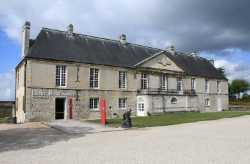 Musée de Normandie
Museum
Musée de Normandie
Museum
 Musée des Beaux-Arts de Caen
Museum
Musée des Beaux-Arts de Caen
Museum
 Musée d’Initiation à la Nature
Museum
Musée d’Initiation à la Nature
Museum
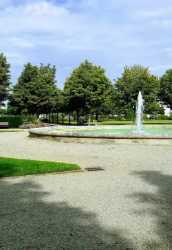 Parc Claude-Decaen
Park
Parc Claude-Decaen
Park
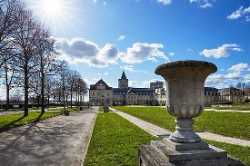 Parc Michel d'Ornano
Park
Parc Michel d'Ornano
Park
 Vallée des Jardins
Park
Vallée des Jardins
Park
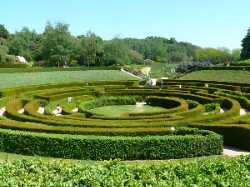 Parc de la Colline aux Oiseaux
Park
Parc de la Colline aux Oiseaux
Park
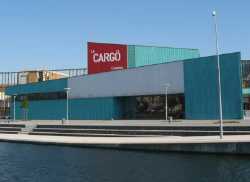 Le Cargö
Theatre
Le Cargö
Theatre
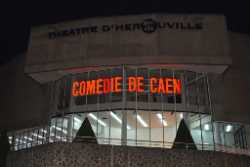 La Comédie de Caen
Theatre
La Comédie de Caen
Theatre
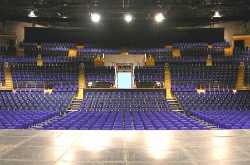 Le Zénith de Caen
Theatre
Le Zénith de Caen
Theatre
 Théâtre de Caen
Theatre
Théâtre de Caen
Theatre